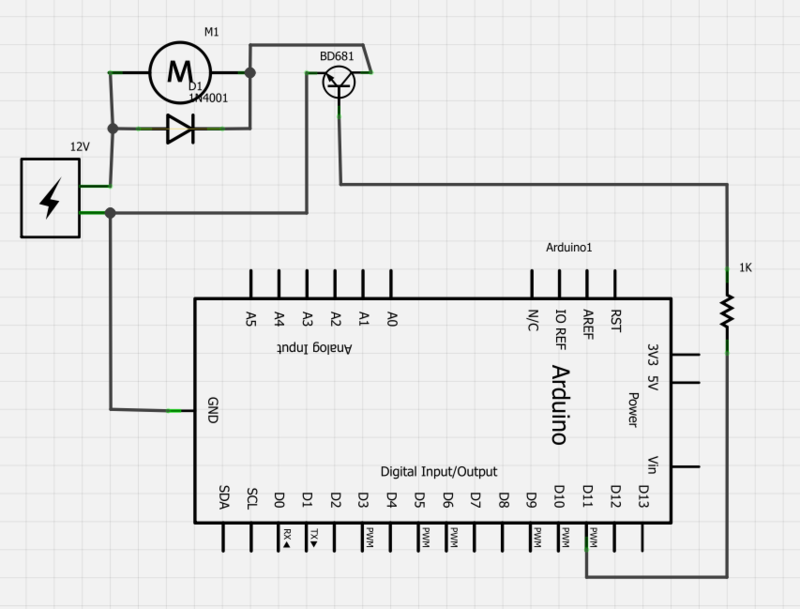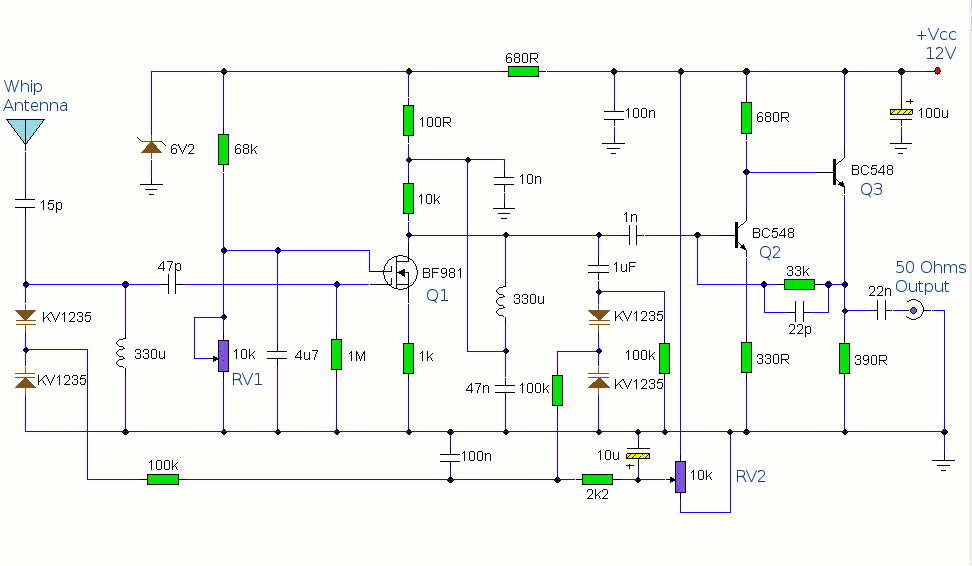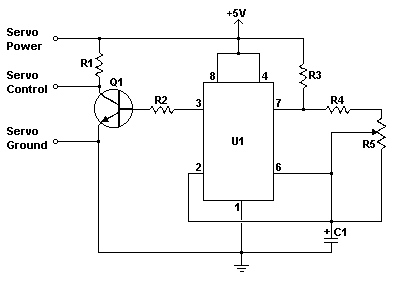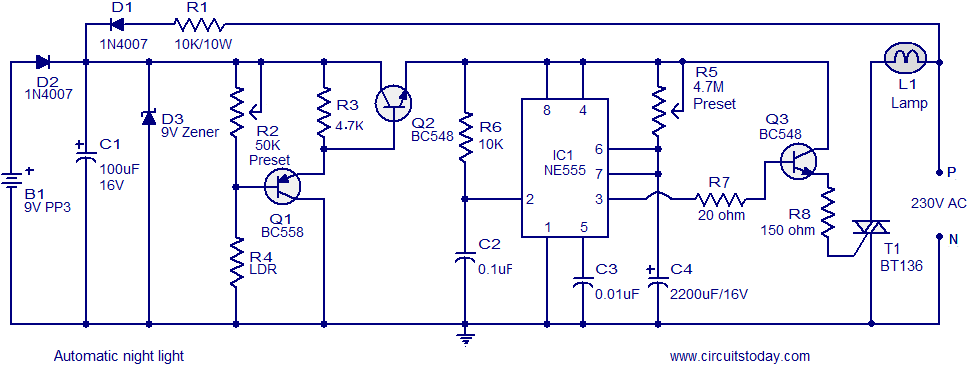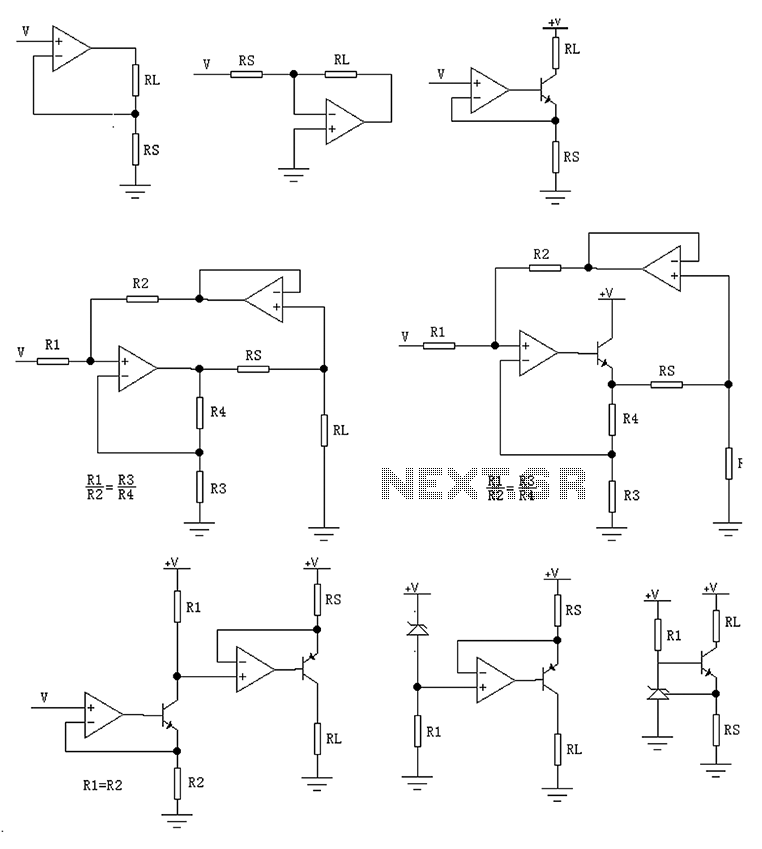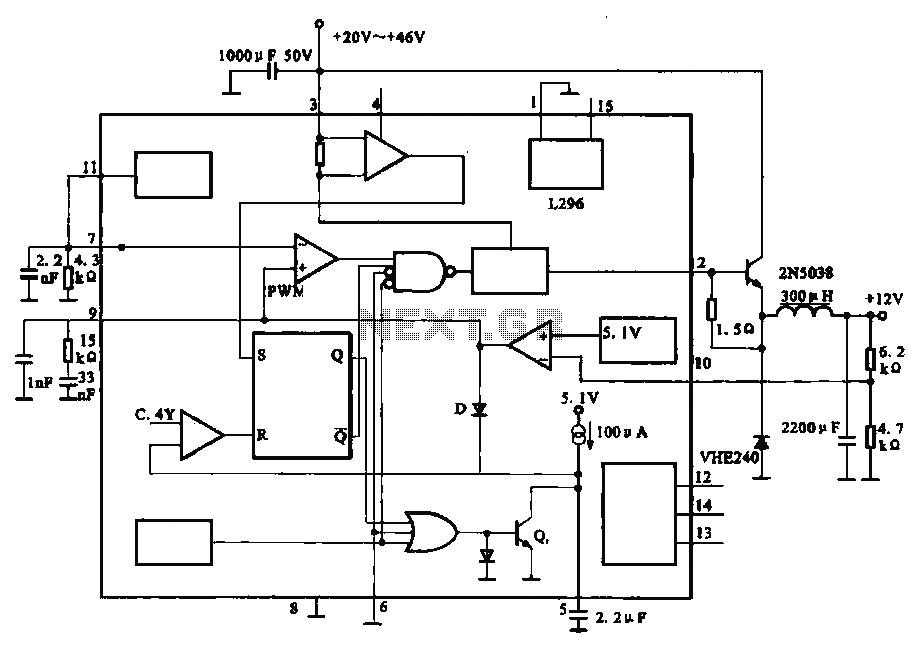
1996 Suzuki Esteem Cooling Fan Circuit Diagram
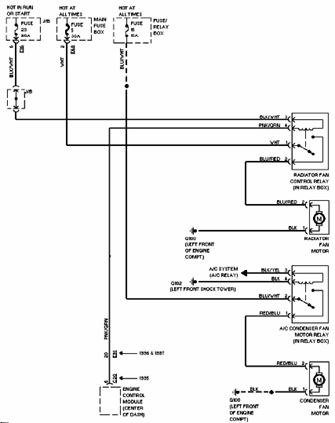
The 1996 Suzuki Esteem Cooling Fan system includes a control relay for the radiator fan (located in the relay box), air conditioning fan motor, radiator fan motor, condenser fan motor, junction box, fuse and relay box, and engine control module. The accompanying circuit diagram and wiring schematic illustrate the 1996 Suzuki Esteem Cooling Fan system.
The cooling fan system in the 1996 Suzuki Esteem is designed to maintain optimal engine temperature by regulating the operation of various fans. The system primarily consists of the following components:
1. **Control Relay**: This component acts as a switch to control the power supply to the radiator fan and other associated fan motors. When the engine temperature rises above a predetermined level, the engine control module (ECM) signals the control relay to activate the radiator fan.
2. **Radiator Fan Motor**: This motor is responsible for drawing air through the radiator to dissipate heat from the engine coolant. It operates at different speeds depending on the coolant temperature and the signals received from the ECM.
3. **Air Conditioning Fan Motor**: This motor operates in conjunction with the air conditioning system. When the air conditioning is activated, this fan helps to cool the condenser, ensuring efficient operation of the air conditioning system.
4. **Condenser Fan Motor**: Similar to the air conditioning fan motor, this component aids in cooling the refrigerant in the condenser, enhancing the overall efficiency of the vehicle's cooling system.
5. **Junction Box**: This box houses various electrical connections and serves as a central point for distributing power to different components of the cooling fan system.
6. **Fuse and Relay Box**: This box contains fuses and relays that protect the electrical circuits from overloads and control the operation of the fans based on the signals received from the ECM.
7. **Engine Control Module (ECM)**: The ECM monitors engine temperature and other parameters, controlling the operation of the cooling fan system to ensure the engine operates within its optimal temperature range.
The circuit and wiring diagrams for the 1996 Suzuki Esteem Cooling Fan system illustrate the interconnections between these components, providing a clear representation of the electrical pathways and control logic involved in the system's operation. Proper understanding of these diagrams is essential for troubleshooting and maintaining the cooling fan system effectively.The 1996 Suzuki Esteem Cooling Fan system consists of control relay for: radiator fan (located in relay box), air conditioning fan motor, radiator fan motor, condenser fan motor, junction box, fuse and relay box, engine control module. The following circuit diagram and wiring diagram / schematic shows 1996 Suzuki Esteem Cooling Fan system.
🔗 External reference
The cooling fan system in the 1996 Suzuki Esteem is designed to maintain optimal engine temperature by regulating the operation of various fans. The system primarily consists of the following components:
1. **Control Relay**: This component acts as a switch to control the power supply to the radiator fan and other associated fan motors. When the engine temperature rises above a predetermined level, the engine control module (ECM) signals the control relay to activate the radiator fan.
2. **Radiator Fan Motor**: This motor is responsible for drawing air through the radiator to dissipate heat from the engine coolant. It operates at different speeds depending on the coolant temperature and the signals received from the ECM.
3. **Air Conditioning Fan Motor**: This motor operates in conjunction with the air conditioning system. When the air conditioning is activated, this fan helps to cool the condenser, ensuring efficient operation of the air conditioning system.
4. **Condenser Fan Motor**: Similar to the air conditioning fan motor, this component aids in cooling the refrigerant in the condenser, enhancing the overall efficiency of the vehicle's cooling system.
5. **Junction Box**: This box houses various electrical connections and serves as a central point for distributing power to different components of the cooling fan system.
6. **Fuse and Relay Box**: This box contains fuses and relays that protect the electrical circuits from overloads and control the operation of the fans based on the signals received from the ECM.
7. **Engine Control Module (ECM)**: The ECM monitors engine temperature and other parameters, controlling the operation of the cooling fan system to ensure the engine operates within its optimal temperature range.
The circuit and wiring diagrams for the 1996 Suzuki Esteem Cooling Fan system illustrate the interconnections between these components, providing a clear representation of the electrical pathways and control logic involved in the system's operation. Proper understanding of these diagrams is essential for troubleshooting and maintaining the cooling fan system effectively.The 1996 Suzuki Esteem Cooling Fan system consists of control relay for: radiator fan (located in relay box), air conditioning fan motor, radiator fan motor, condenser fan motor, junction box, fuse and relay box, engine control module. The following circuit diagram and wiring diagram / schematic shows 1996 Suzuki Esteem Cooling Fan system.
🔗 External reference
